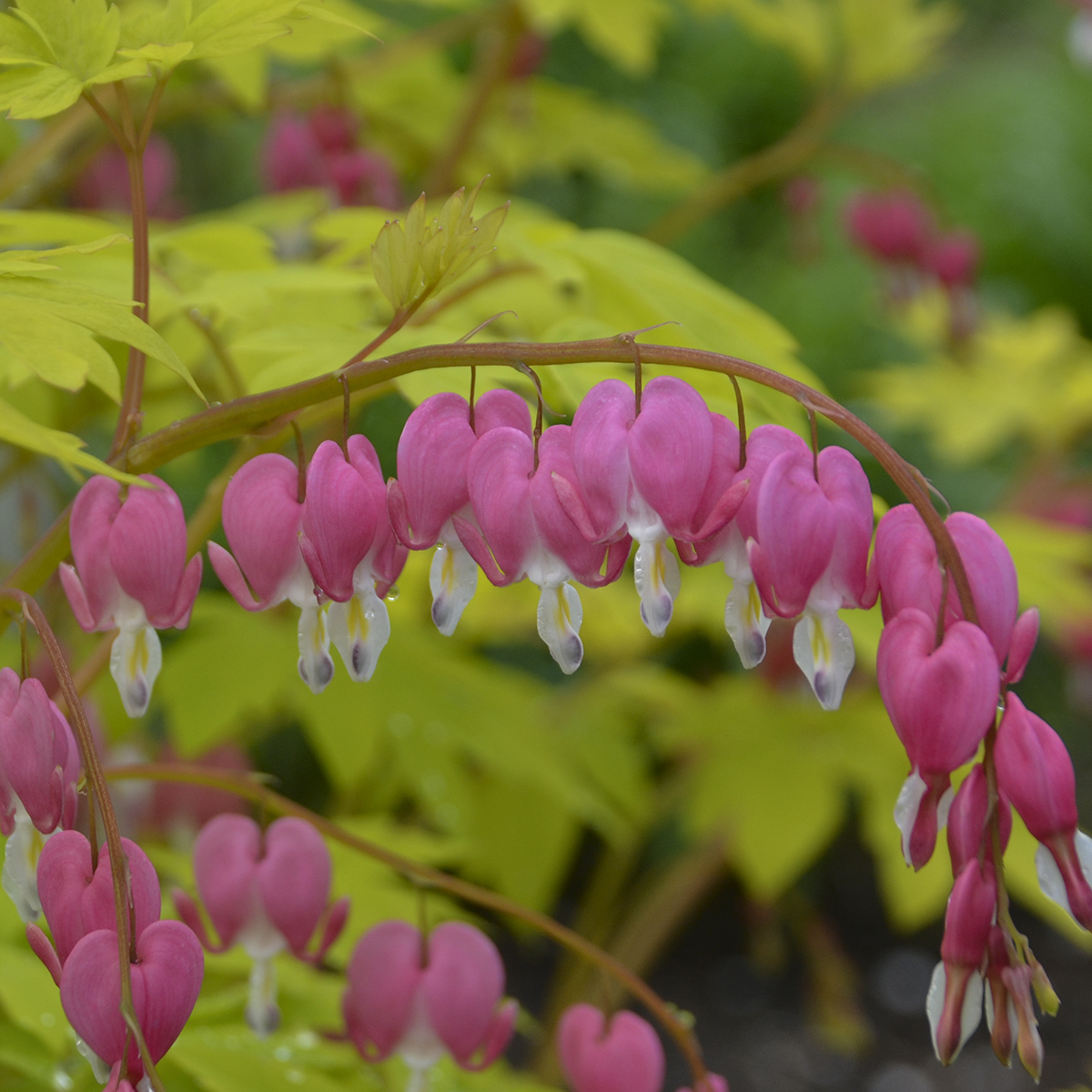14th Nov 2023
Difference Between Annuals and Perennials
What is the difference between Annuals and Perennials?
Understanding the differences between perennials and annuals is essential for planning and maintaining a garden. Combining both types in your garden design can balance long-term structure and seasonal bursts of color.
Perennials and annuals are two categories of plants that differ primarily in their life cycle and how they grow and reproduce. Here are the critical differences between perennials and annuals:
Life Cycle:
- Perennials: Perennials are plants that live for more than two years. They persist for several growing seasons, and their growth may die back in the winter, only to regrow in the spring from the same root system. Perennials can continue to bloom and produce for many years.
- Annuals: Annuals complete their life span after one growing season. They germinate, grow, flower, set seed, and then die all in the same year. You must replant them if you want them to grow again the following year. Begonias are a very sought-after annual.
Is the appearance of annuals and perennials different?
- Perennials: Perennials often have a more substantial and sometimes woody structure. They may have a period of dormancy in the winter, where the above-ground parts die back, but the plant remains alive beneath the soil.
- Annuals: Annuals typically have softer stems and a more herbaceous appearance. They complete their life cycle in a single season, so they may not develop the woody structure that perennials do.
- Flowering and Blooming:
- Perennials: Perennials often have a more extended blooming period compared to annuals. Depending on the specific plant and its growing conditions, they may bloom for several weeks or months.
- Annuals: Annuals tend to have a concentrated blooming period, producing flowers for a relatively shorter duration. However, they can often bloom more profusely during this time.
How to use perennials and annuals in your garden?
- Perennials: Perennials are commonly used in garden landscaping to provide long-term structure and color. Once established, they can require less maintenance than annuals.
- Yellow wood poppy are a very popular perennial.
- Annuals: Annuals are often chosen for seasonal color displays in gardens and containers. They frequently fill spaces with vibrant blooms and are replaced each year for a fresh display.
- Propagation:
- Perennials: Perennials typically propagate through division, where the plant is split into two or more parts, each of which can grow into a new plant. Some perennials also produce seeds for reproduction.
- Annuals: Annuals primarily reproduce through seed production. They produce seeds when their life span has completed, which can be collected and used to grow new plants the following year.


